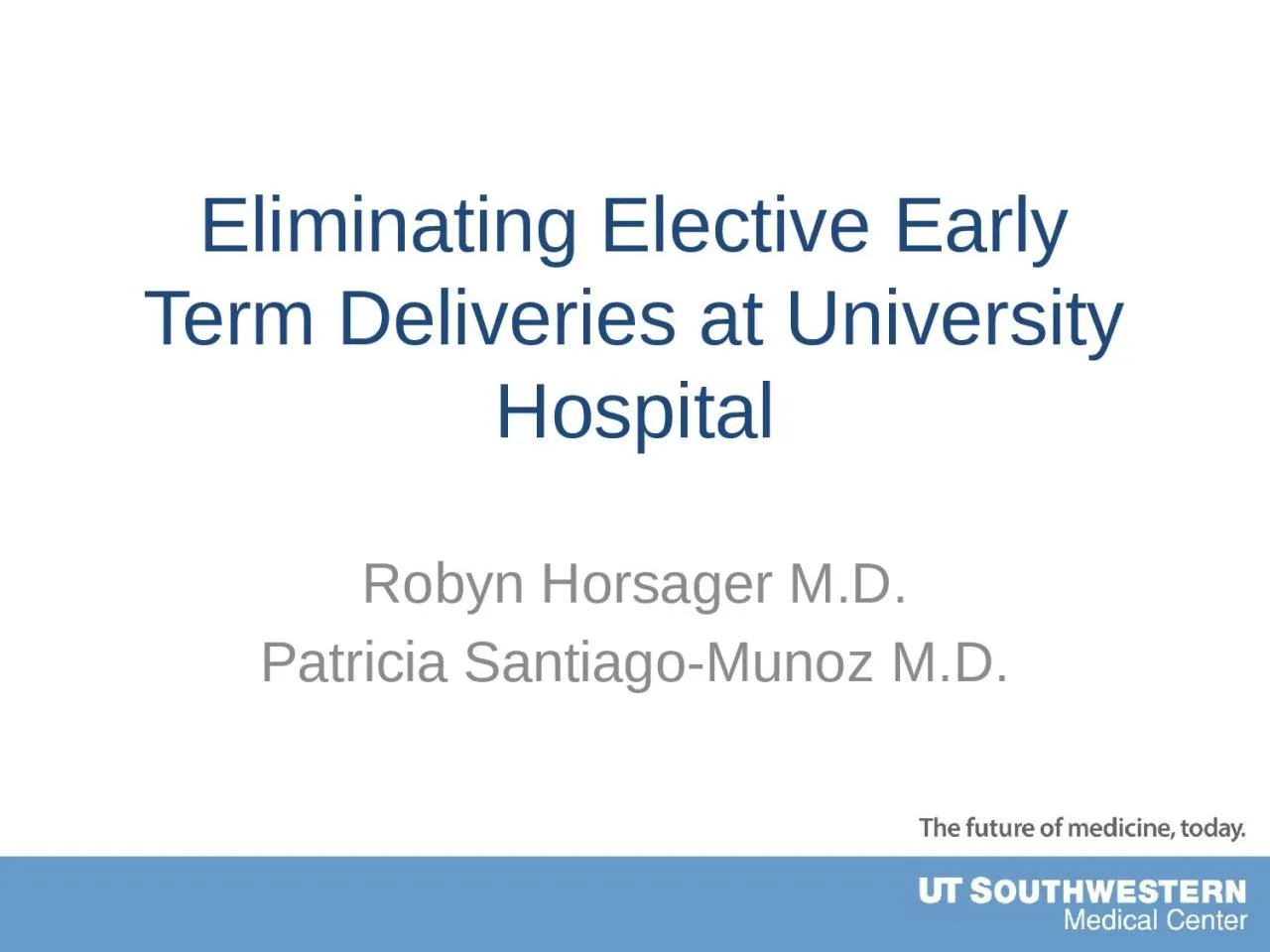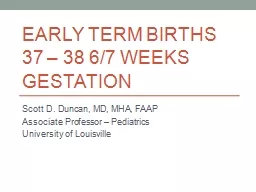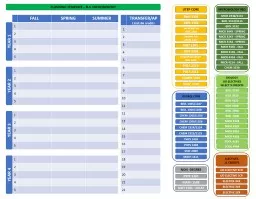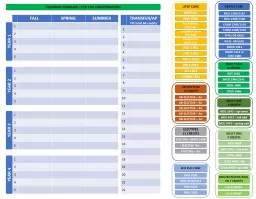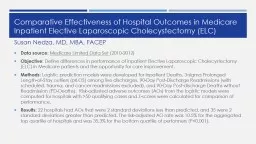PPT-Eliminating Elective Early Term Deliveries at University Hospital
Author : deborah | Published Date : 2022-06-01
Robyn Horsager MD Patricia SantiagoMunoz MD Change in Distribution of Birth by Gestational Age United States19902006 California Toolkit to Transform Maternity Care
Presentation Embed Code
Download Presentation
Download Presentation The PPT/PDF document "Eliminating Elective Early Term Deliveri..." is the property of its rightful owner. Permission is granted to download and print the materials on this website for personal, non-commercial use only, and to display it on your personal computer provided you do not modify the materials and that you retain all copyright notices contained in the materials. By downloading content from our website, you accept the terms of this agreement.
Eliminating Elective Early Term Deliveries at University Hospital: Transcript
Download Rules Of Document
"Eliminating Elective Early Term Deliveries at University Hospital"The content belongs to its owner. You may download and print it for personal use, without modification, and keep all copyright notices. By downloading, you agree to these terms.
Related Documents

